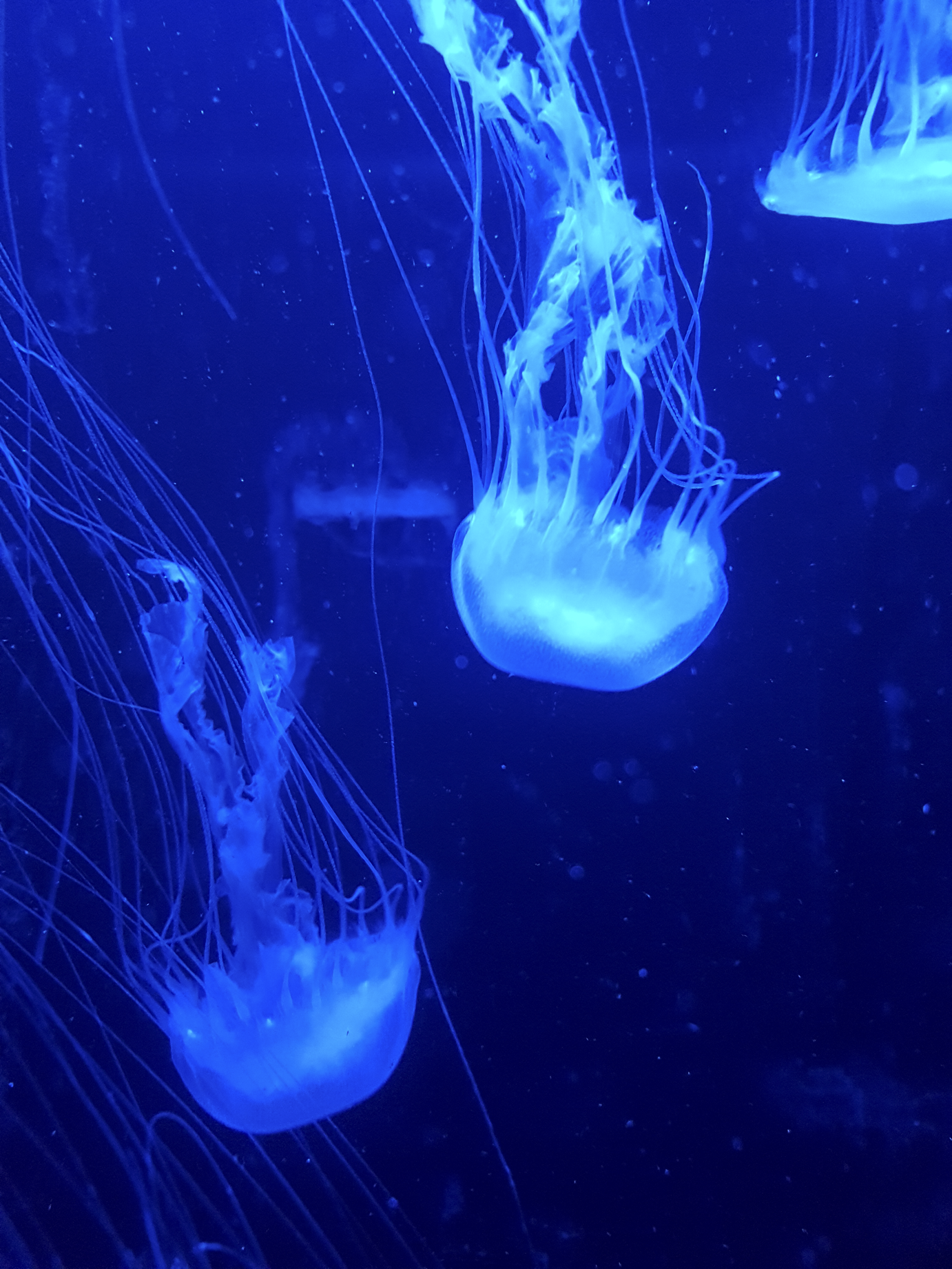The Sea is not a Void
Curator Annike Flo's opening speech for "HAV" by Elin. T Sørensen
Norwegian BioArt Arena’s inaugural exhibition
When I first met Elin. T. Sørensen, she showed me a landscape architecture plan drawing. Green areas, roads, plants and residential areas were rendered carefully, but by the shoreline my eyes met a uniform, blank, two-dimensional surface. This was the ocean. No visible underwater vegetation or terrain. The illustration spoke clearly; there is nothing of interest to us here. The ocean was reduced to an elegant void and backdrop.
71 percent of the earth is covered in water; we live on a blue planet. This is a fact we often hear and perhaps don’t think twice about. But when it’s now clear that all of these ecosystems, from the deep Mariana trench (where a plastic shopping bag was recently found) to the Oslofjord (where fishing Cod is illegal because of a dwindling population) are negatively affected by us humans, well you can’t avoid feeling scared. And at this point the usual question is raised, ”Why doesn’t someone do something?” Luckily the answer is that there are.
At this point I would like to say a few words about NOBA. Because it isn’t enough that someone does something, many people must do something, and they have to do it together, across disciplines. Cross-disciplinary is an important keyword for us at NOBA, this is where we believe exciting innovation, creative work and solutions can happen. BioArt is an umbrella term for a wide variety of artforms that work between biology and art. BioArtists mix artistic and scientific processes, methods, approaches and tools and BioArt is often created in collaboration and conversation with other disciplines. In this way BioArt is in a unique position to ask important questions about the sciences’ role in our society, engage society in scientific innovations and discoveries, stimulate dialogue and challenge our relationship to the world around us.
NOBA is a project by Vitenparken and is unique in a Norwegian context. We are the first physical arena that focuses on bio-related arts in the country, and we are positioned in the middle of the research communities at Campus Ås. By creating an arena where artists, scientists and audiences can meet for mutual inspiration, exchange competencies and critique, new and unexpected connections and interactions can happen. This in turn can lead to new ways of doing and thinking, raise new questions, which again can lead to new solutions and reach wider audiences.
This brings me back to Elin’s work which is created in the crossroads between art, marine biology and landscape architecture. Here wonder, curiosity, creativity and solutions are important, not borders between disciplines. In Norway, as most other places, urban development happens at the interest of people. Elin and HAV asks: How can we build in and near the ocean, without destroying life under the surface? In HAV we meet the kilometre large and the micrometre small – and all scales in between. Because to make big changes in the Oslofjord and in the ocean at large, you must understand and listen to miniscule and microscopic processes and creatures.
In HAV we meet a dedication to materials. They are non-toxic, marine-friendly and recycled, like Jesmonite casts and sculptural homes for marine creatures made from upcycled technical porcelain scraps. In HAV we encounter Elin’s inspiration and collaboration partners (a myriad of marine animals, plants and more) process (snorkelling can be academic method!) and proposals for solutions where artistic vision meets marine biology, the tidal landscape and, last but not least, the marine-dwelling beings themselves.
